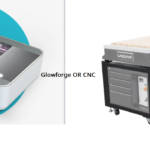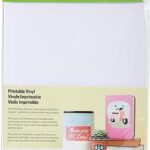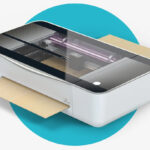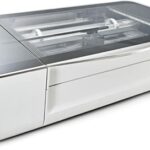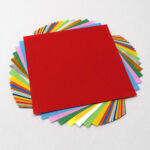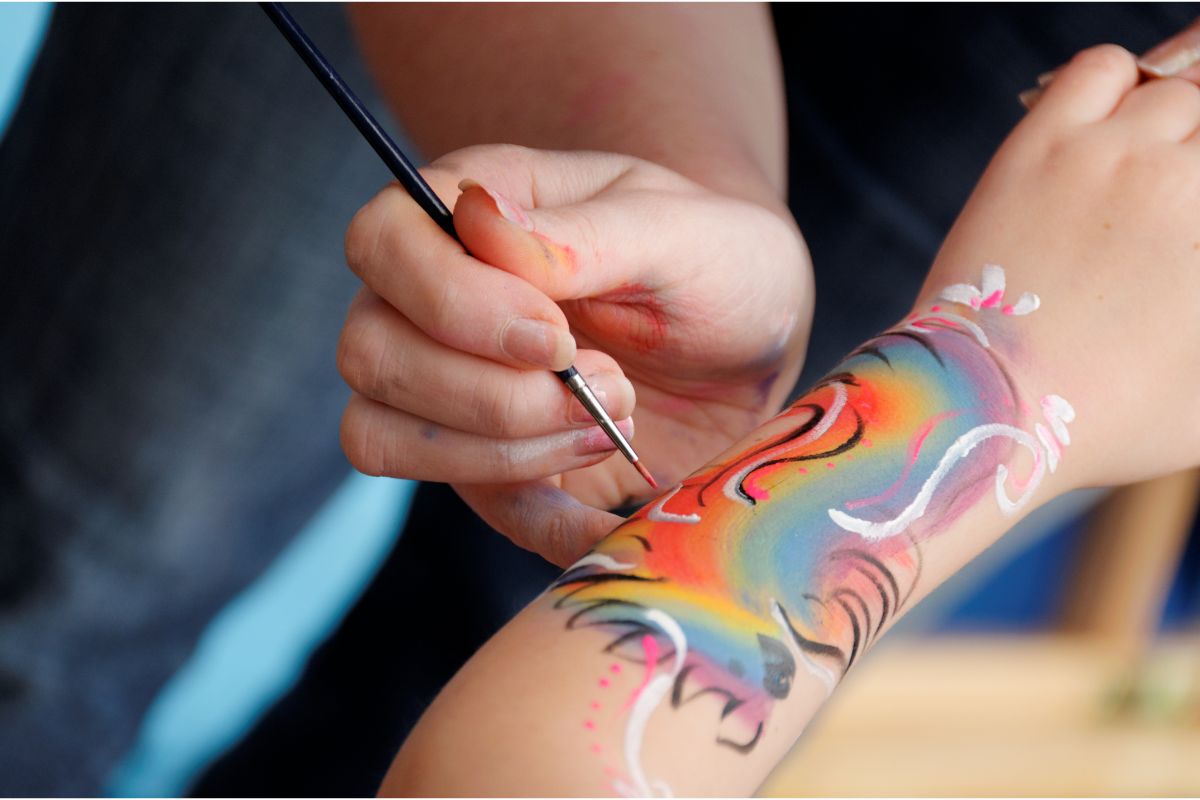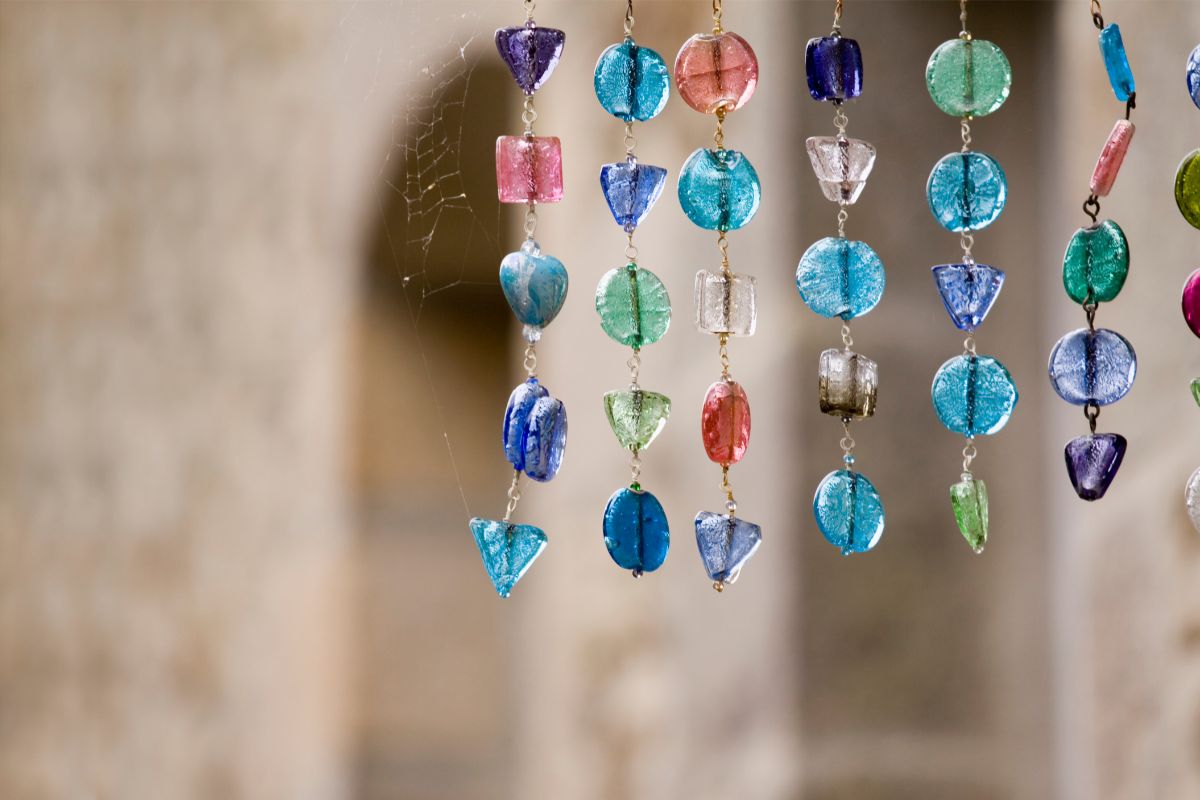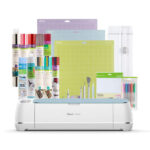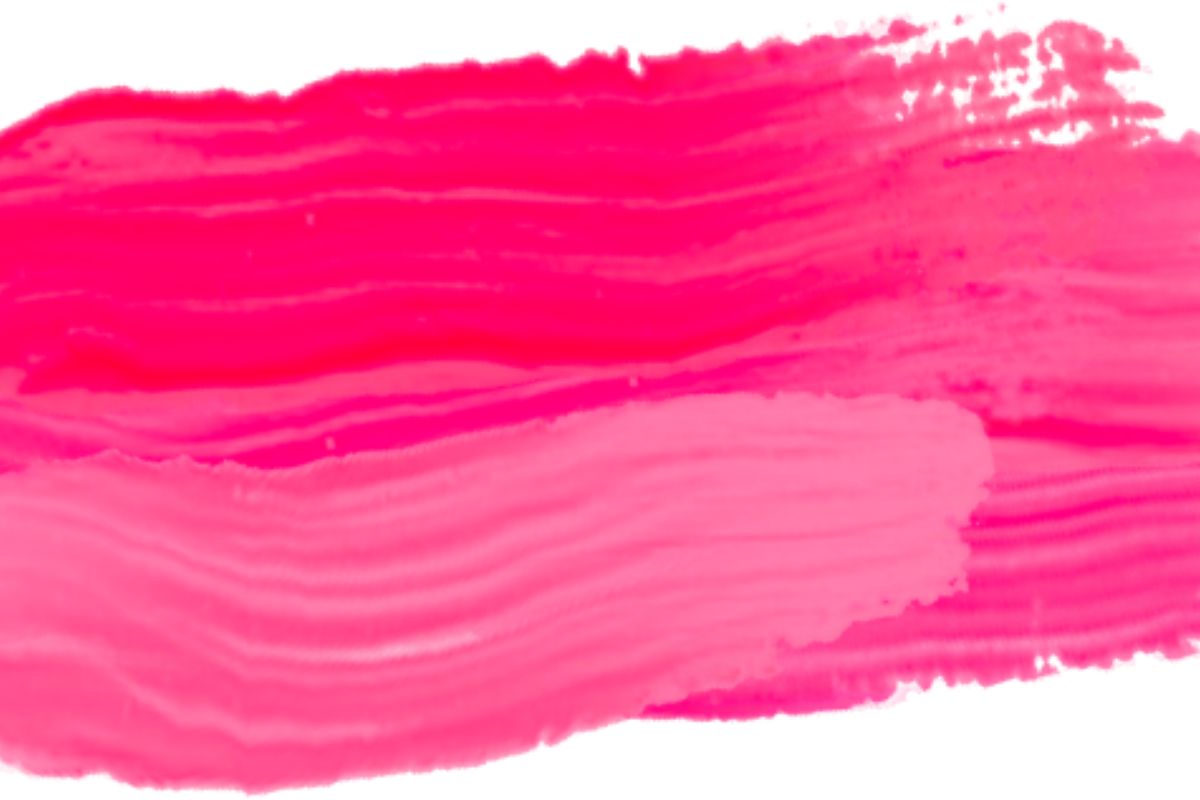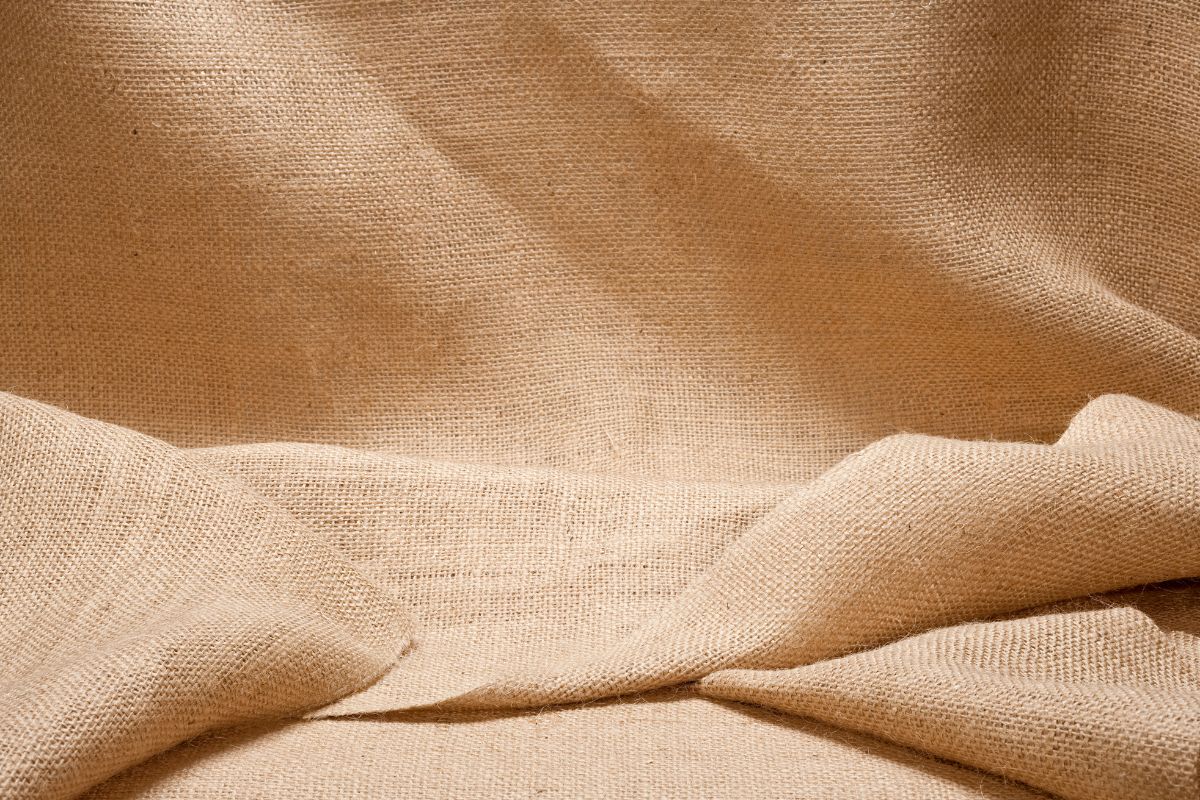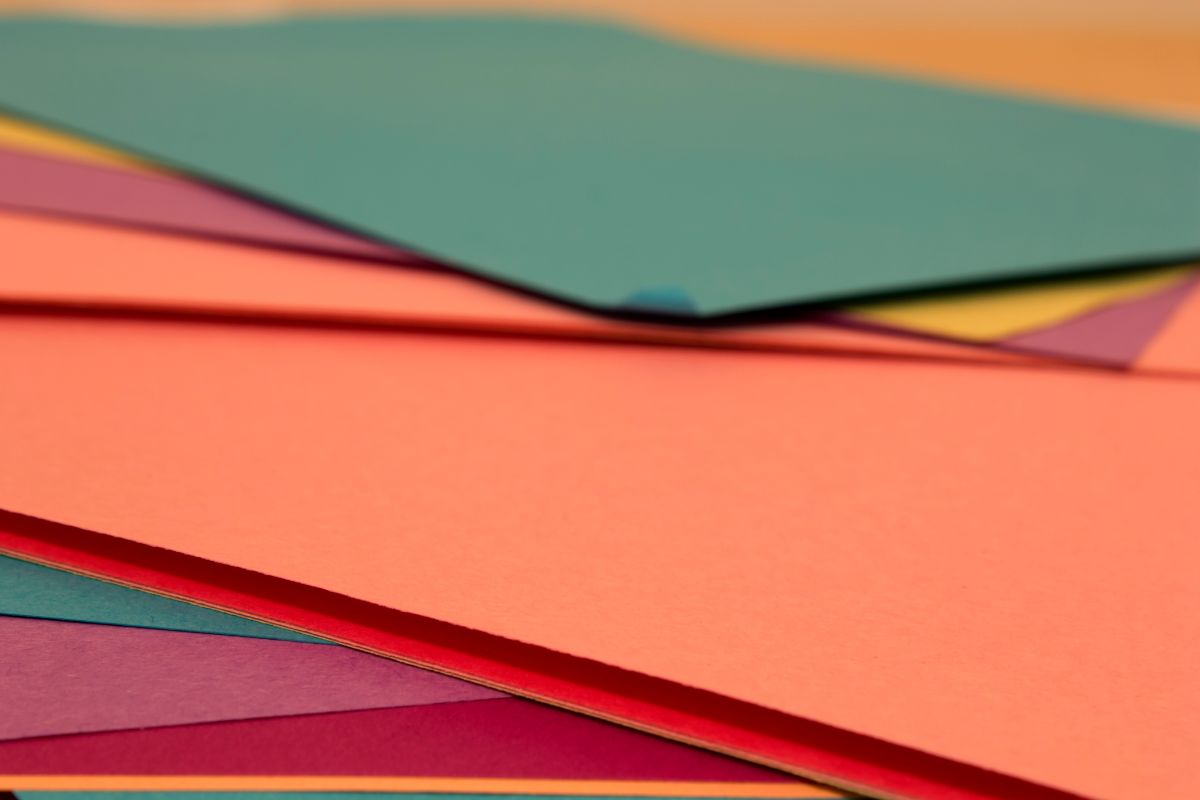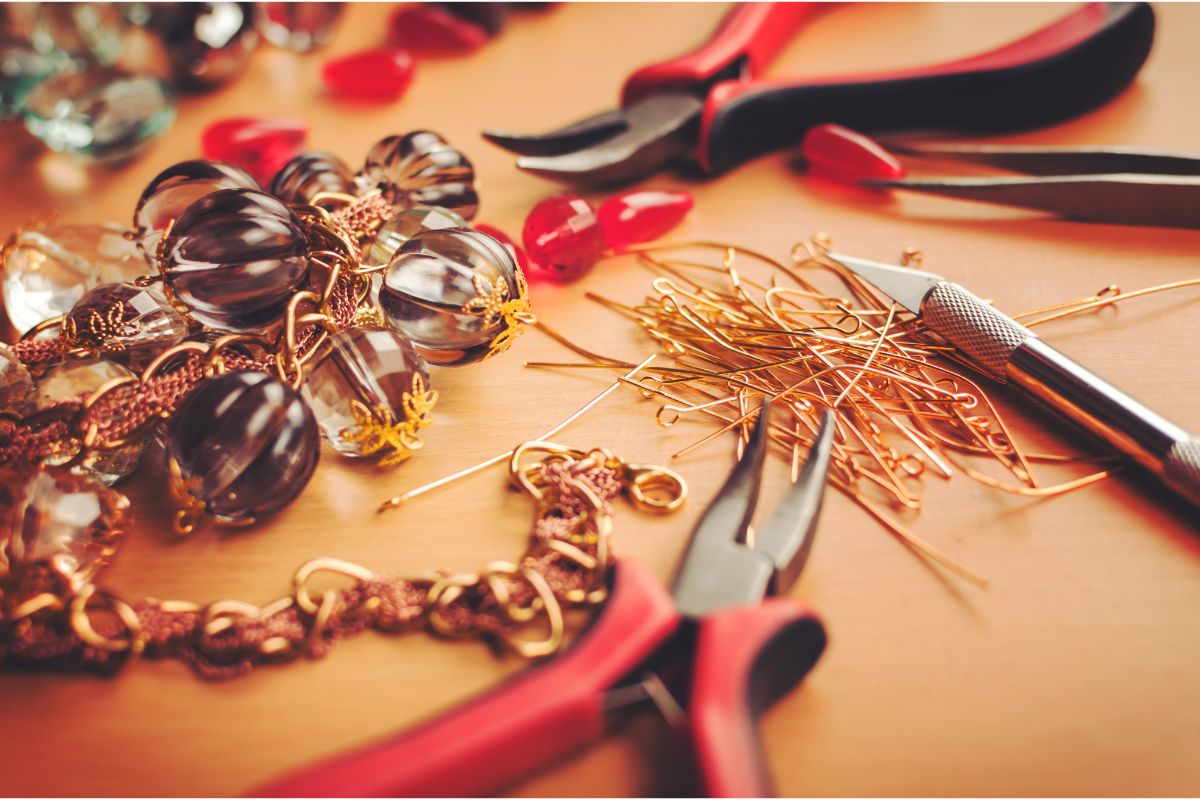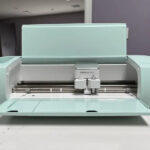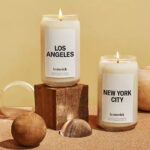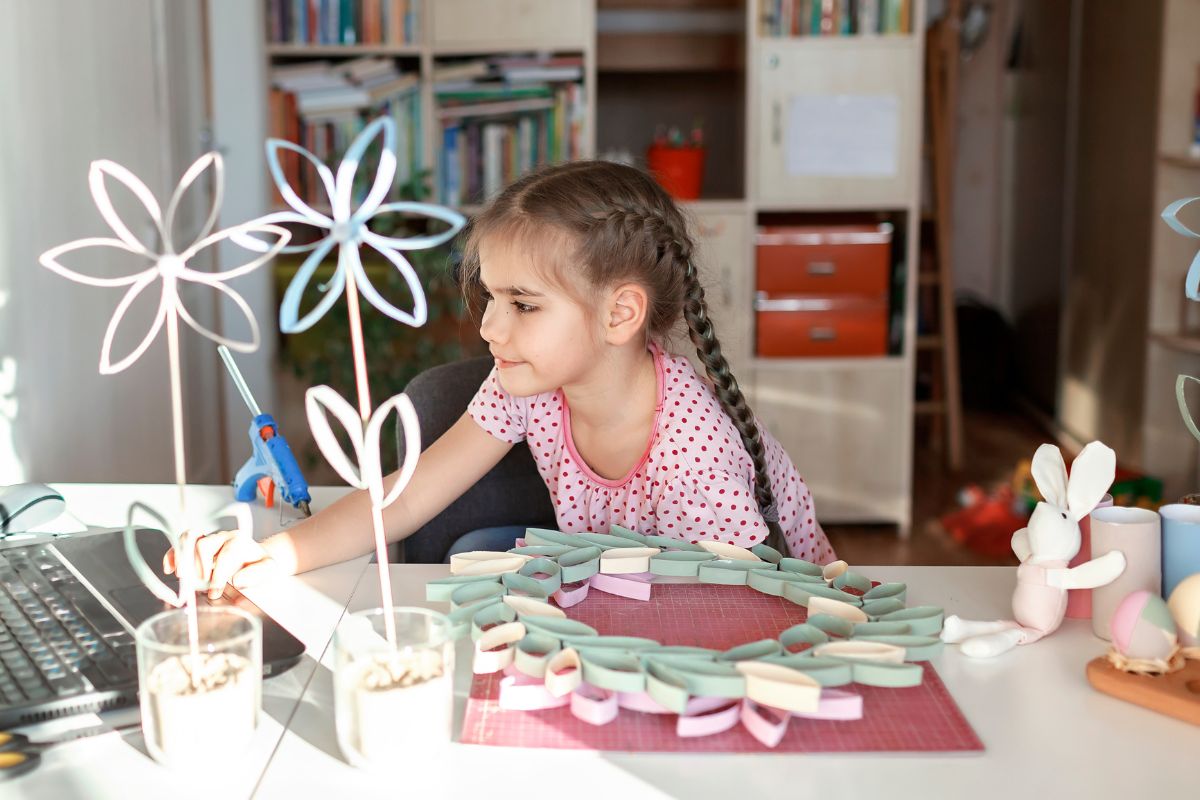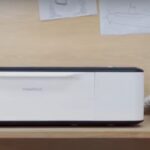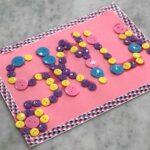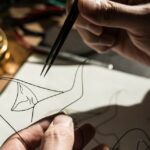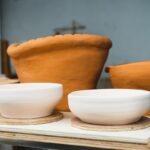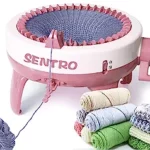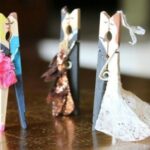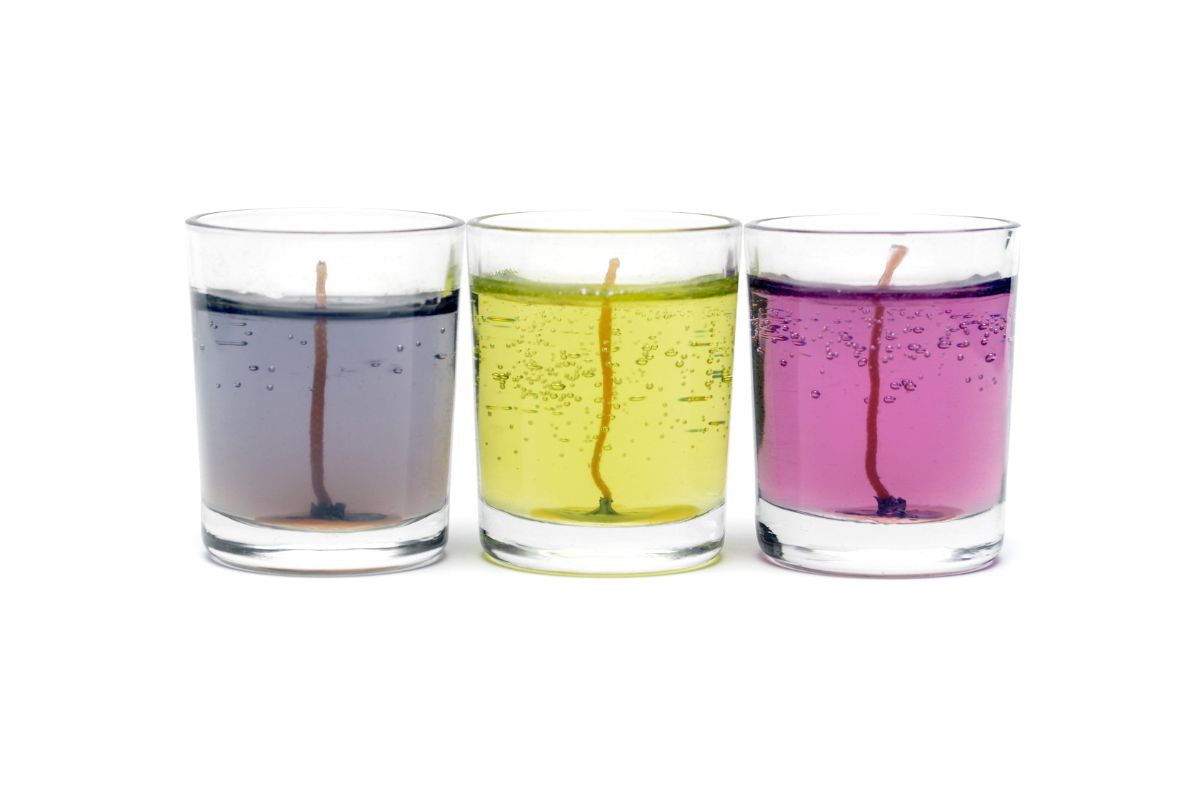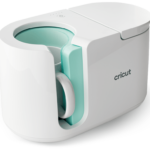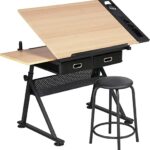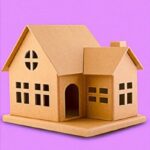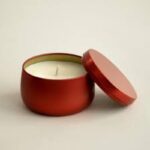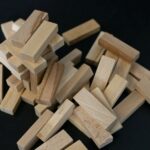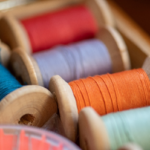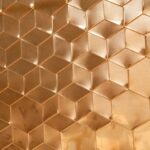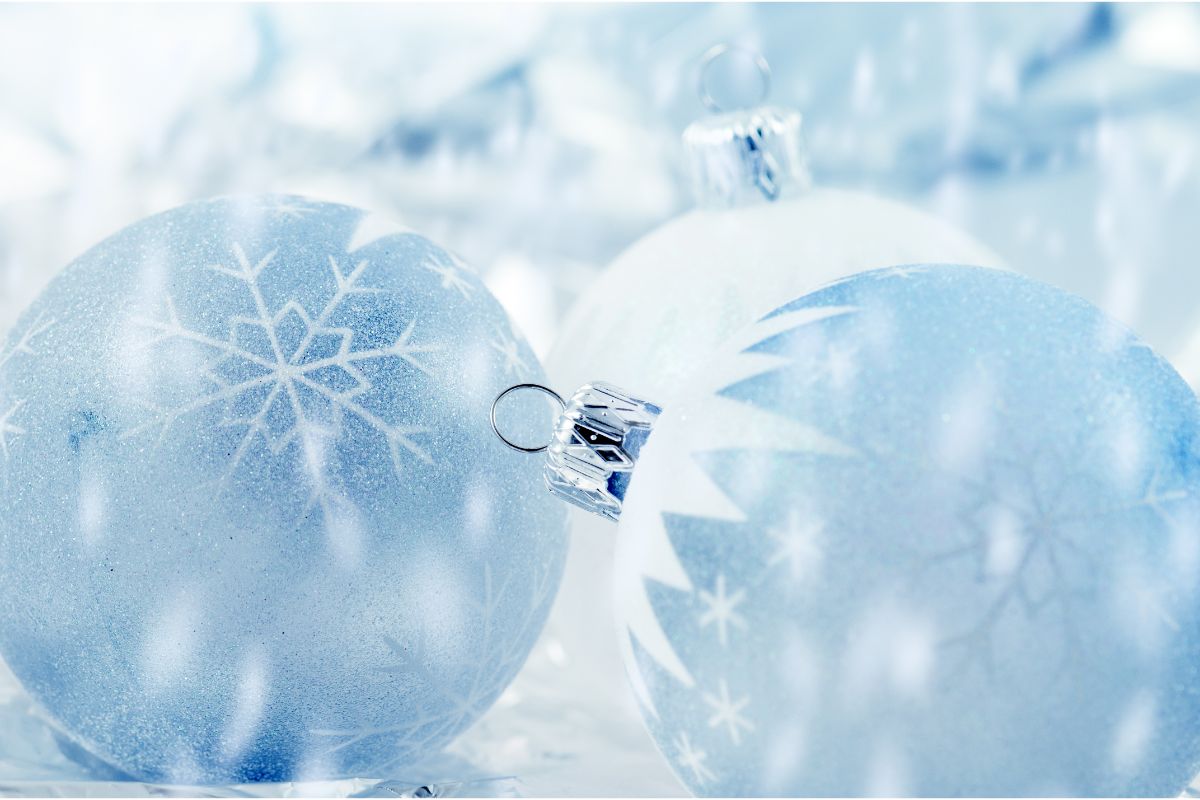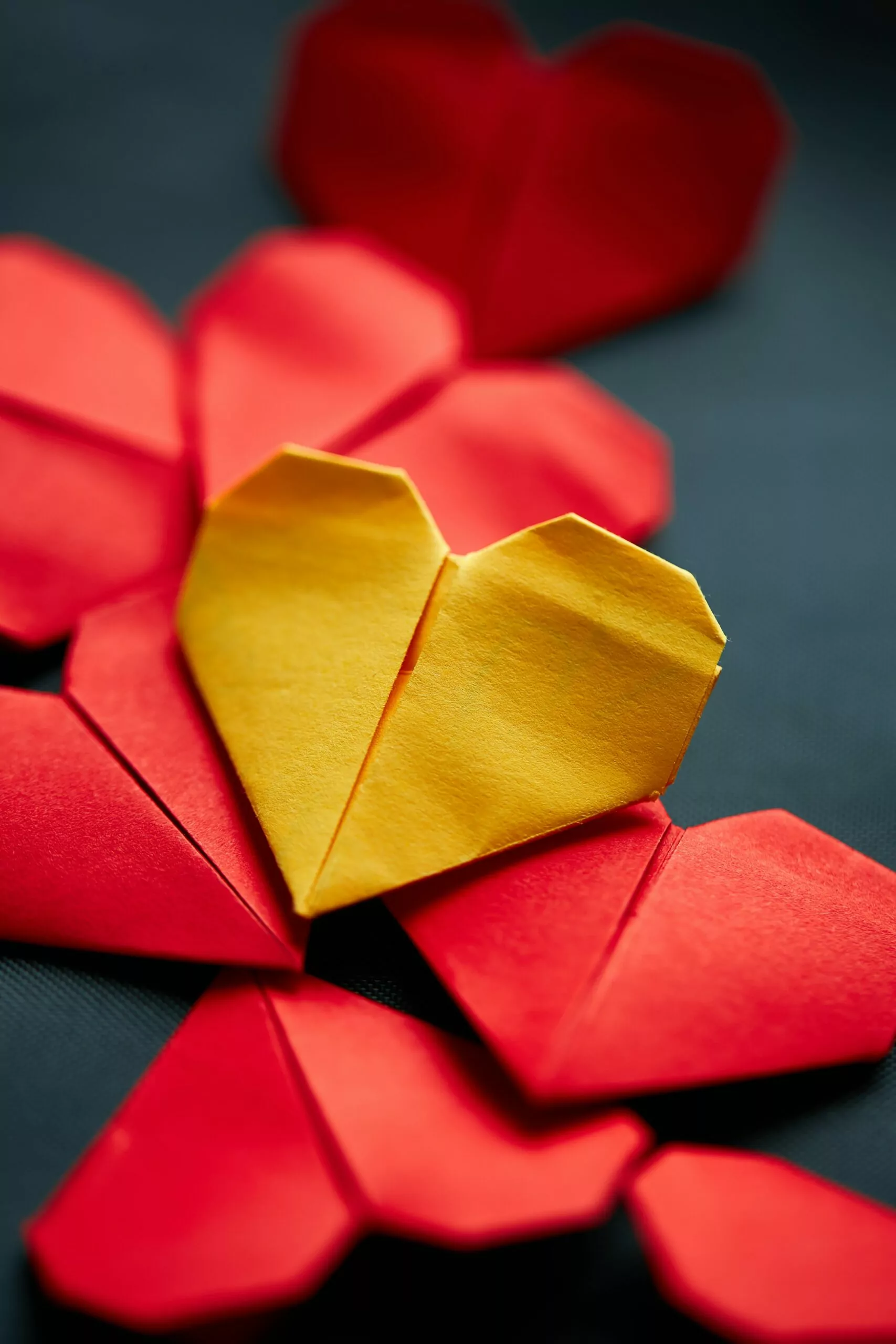You've been planning to create a custom wooden sign for your new business for weeks now, but you just haven't been able to find the right material or design to make it happen. You have no idea what kind of woodworking skills you need or if your tools are up to the task. But after hearing about 3D Scanning technology, you're starting to get excited.
With a 3D scanner, you can use a digital image of an object and quickly capture its physical dimensions and features with high precision and accuracy. This allows you to easily create accurate models that can be used in GlowForge and Cricut projects like your sign.
Not only will this help save time creating the perfect design, but it also adds convenience by eliminating the need to manually measure objects. Plus, once you've created a model using 3D scanning, you can customize it further according to your needs. For instance, if you want a more professional-looking sign for your business, you could add intricate details like engravings with ease.
3D Scanning technology and its benefits
3D scanning technology is becoming increasingly popular for its ability to create accurate models and streamline workflow processes. This technology uses lasers and sensors to capture detailed 3D data from an object or scene, allowing users to quickly generate a digital model of their work. 3D scanners can also be used in GlowForge and Cricut projects, where they are especially useful for creating highly-detailed replicas of objects with intricate designs that would otherwise require manual laborious construction.
Different types of scanners available
When it comes to 3D scanning, there are various types of scanners available on the market. The most common type is laser scanners, which use lasers and sensors to capture detailed data in a fraction of the time compared to traditional methods. Other kinds of 3D scanners include structured light scanners and Time-of-Flight (TOF) scanners, both of which can be used for more complex projects due to their higher accuracy. Additionally, handheld scanners are becoming increasingly popular as they offer portability and convenience while still providing satisfactory results.
3D scanning technology is becoming increasingly popular for its ability to create accurate models and streamline workflow processes. When it comes to GlowForge and Cricut projects, 3D scanners are particularly useful for creating highly-detailed replicas of objects with intricate designs. With a range of different types of scanners available on the market, finding one to fit your needs should be straightforward.
When it comes to 3D scanners for GlowForge and Cricut projects, some of the most popular options include:
Artec Eva 3D scanner
Strengths of the Artec Eva 3D Scanner:
- High accuracy and precision
- Fast scanning times
- Compact design
- Automatic background removal for better quality scans
- Easy to use and portable
Weaknesses of the Artec Eva 3D Scanner:
- Expensive compared to other models on the market
- Limited range due to its small size and laser beams
- Software can be difficult to navigate
Zeb SenseScanner 3D Scanner
Features of the Zeb SenseScanner 3D Scanner:
- Highly accurate scanner with scan resolution up to 0.1mm
- Easy setup process thanks to its simple design and intuitive software
- Compact size allows for portability so it can be used anywhere
- Ability to capture large objects without sacrificing detail or accuracy
Weaknesses of the Zeb SenseScanner 3D Scanner:
- Price tag may be outside some user's budget range
- Operating system may require additional training and practice for navigation
- Not suitable for all Glowforge and Cricut projects due to limited scan area
Matter and Form V2 3D Scanner
Strengths of the Matter and Form V2 3D Scanner:
- High resolution scans at 0.1mm accuracy
- Rotating platform allows for 360-degree views
- Camera with adjustable exposure settings ensures clear results even in challenging lighting conditions
- Large scan area allows for bigger projects
- Advanced software suite allows users to edit scans
- Onboard storage of up to 4GB helps users organize their work more efficiently
Weaknesses of the Matter and Form V2 3D Scanner:
- Price tag may be outside some user's budget range
- Not suitable for all Glowforge and Cricut projects due to limited scan area
- Operating system may require additional training and practice for navigation
How to get started with a 3D scanner
Getting started with 3D scanning for GlowForge and Cricut projects is relatively straightforward. First, you'll need to decide which type of scanner best fits your needs. Once you've chosen the right scanner, it's time to set up the workspace by making sure there's ample lighting in the room and that all cables are properly connected. Finally, you can begin scanning objects – with some scanners this is as easy as pressing a button, while others require more complex calibration before each scan.
When using a 3D scanner for GlowForge or Cricut projects, it's important to remember that these types of projects usually involve detailed designs, so accuracy and precision are key. This means that taking extra precautions during setup – such as ensuring good lighting and calibrating the scanner correctly – will help to ensure the best possible results. Additionally, editing scans with post-processing software can be a great way to further refine the results and make sure they meet your project specifications.
Potential applications of 3D scanning in GlowForge and Cricut projects
3D scanners assist in creating GlowForge and Cricut projects by:
- Creating highly-detailed models with intricate designs
- Automatically removing background elements from scans to improve accuracy and clarity
- Scanning objects of varying sizes without sacrificing detail or accuracy
- Editing scans using post-processing software for added refinement
- Capturing 360-degree views of objects for enhanced realism
- Easily replicating existing designs and shapes in a fraction of the time it would take to create them manually
- Generating 3D meshes that can be used as templates for CNC machining
- Streamlining workflow processes by automating certain tasks
- Facilitating accurate measurements when creating custom parts and components 10. Enabling the quick creation of complex, multi-faceted objects
Tips for success when using a scanner in these kinds of projects
In order to successfully use a 3D scanner for GlowForge and Cricut projects, users should take the following tips into consideration:
- Ensure that lighting is adequate in the scanning area
- Double check that all cables are properly connected before beginning a scan
- Take the time to calibrate the scanner correctly before each scan
- Adjust the camera's exposure settings to ensure clear results even in challenging lighting conditions
- Use post-processing software to refine scans for added accuracy and precision
- Familiarize yourself with how scanners operate – different models have different features and capabilities
- Consider opting for higher quality scanners such as the Matter and Form V2 if you require more detailed scans
Overall, 3D scanners are becoming increasingly popular for GlowForge and Cricut projects. This technology offers a range of benefits, from helping to create accurate models to streamlining workflow processes. With the right scanner and a few tips, you'll be well on your way to creating amazing projects with 3D scanning technology.
In conclusion
The use of 3D scanning technology in GlowForge and Cricut projects is becoming more widespread, as this technology provides a range of benefits for creatives. Whether you're looking to create highly-detailed models or streamline workflow processes, 3D scanners can help you achieve your goals with greater accuracy and precision. When used correctly, these scanners have the potential to revolutionize the way we design and create objects, so it's no wonder they are becoming increasingly popular. With the right knowledge and tips on hand, anyone can get started using a 3D scanner for their next GlowForge or Cricut project – all it takes is some practice and patience to make your vision a reality!
FAQ
Q: What type of 3D scanner do I need for GlowForge and Cricut projects?
A: The type of 3D scanner you will need depends on the scale, complexity, and accuracy of your project. For larger projects with detailed designs, consider opting for higher-end models such as the Matter and Form V2. However, if you are just starting out or have simpler requirements, an entry-level scanner should be sufficient. Ultimately, it is important to evaluate your needs in order to choose the best model for your project.
Q: How can post-processing software help refine my scans?
A: Post-processing software is a great way to edit and refine scans after they have been captured. With post-processing software, you can adjust the focus, colors, lighting, and other elements of your scan to ensure accuracy and clarity. This is especially useful for challenging lighting conditions or if you need to make sure that all aspects of your scan are ready for use in GlowForge or Cricut projects.
Q: What tips should I keep in mind when using a 3D scanner?
A: To get the best results from your scanner, it's important to take into account a few helpful tips. Make sure that lighting is adequate, double check that all cables are properly connected before scanning, take the time to calibrate the scanner correctly before each scan, and consider opting for higher quality scanners such as the Matter and Form V2 if you require more detailed results. Additionally, familiarizing yourself with how scanners operate can help to ensure success when using a scanner for GlowForge or Cricut projects.
Q: What are the potential applications of 3D scanning in GlowForge and Cricut projects?
A: 3D scanning technology has a range of applications in GlowForge and Cricut projects. This technology can be used to create highly-detailed models, streamline workflow processes, adjust focus and colors on scans, improve accuracy, capture challenging lighting conditions with greater clarity, and much more! With the right tools and knowledge at your disposal, you'll be able to push the limits of what's possible in these types of projects.
Overall, 3D scanning technology is becoming increasingly popular for GlowForge and Cricut projects, offering a range of benefits that make it a great addition to any project. With the right scanner and a few tips in mind, you'll be well on your way to creating amazing projects with 3D scanning technology. The possibilities are endless! So don't wait – get started with 3D scanning today! Good luck!
To find out more about Cricut, please visit any of the following areas:
- How to use cricut infusible ink
- How to make stickers with cricut
- How to make cricut mat sticky again
- How to iron on cricut vinyl
- How to download fonts to cricut
- How to make stencils with cricut
- How to use a cricut
- What is a cricut machine
- How to cut cardstock on cricut
- How to make cake toppers with cricut
- How to put vinyl on cricut mat
- Why is my cricut not cutting
- How to make shirts with cricut
- How to slice in cricut design space
- How to use svg files with cricut craft room
- Why does my cricut keep disconnecting
- How to load cricut mat
- How to curve text on cricut
- How to curve an image on cricut
- How to use cricut card mat
- How to make coasters with cricut
- Why is my cricut power button red
- Why won’t my cricut connect to my computer
- How to calibrate cricut
- How to make stickers with cricut joy
- How to mirror on cricut
- How to do multiple colors on cricut
- How long does a cricut blade last
- How to emboss with cricut
- How to save cricut design as pdf
- Cricut Hat Press: A Comprehensive Guide on Usage - August 13, 2023
- Unlocking Creativity with the Cricut Joy: A Comprehensive Guide - August 12, 2023
- The Ultimate Guide to the Cricut Maker Bundle - August 11, 2023

